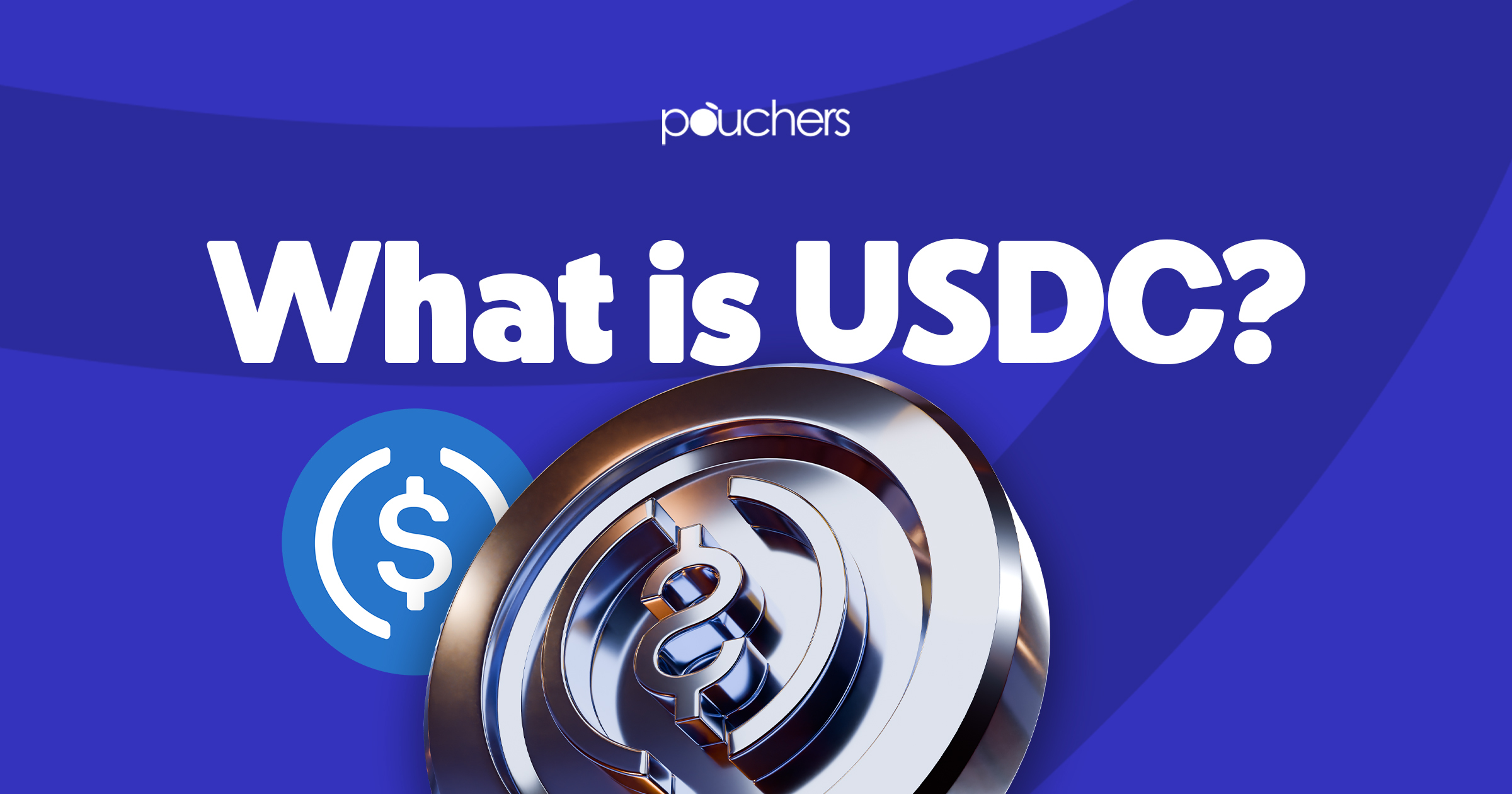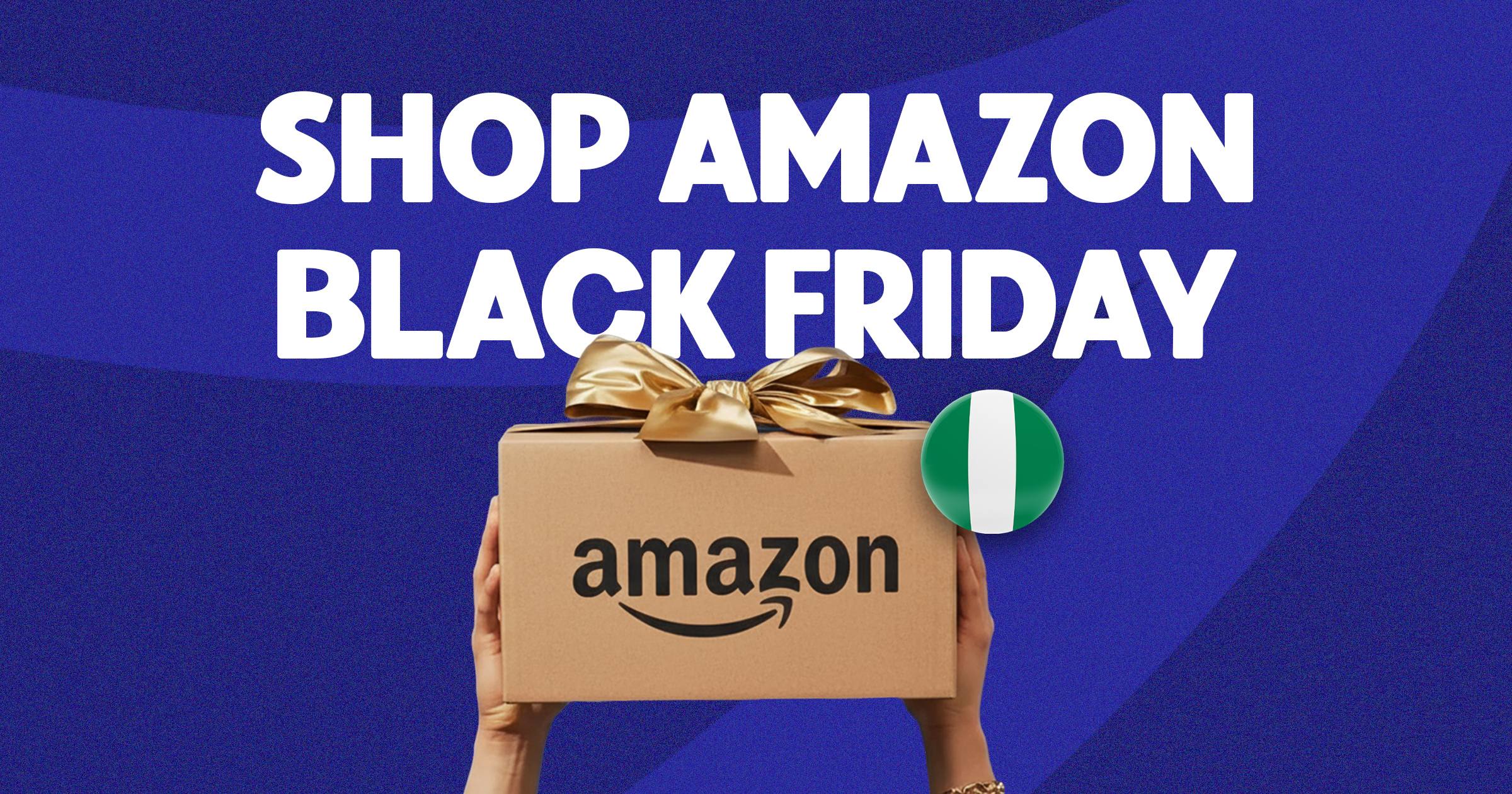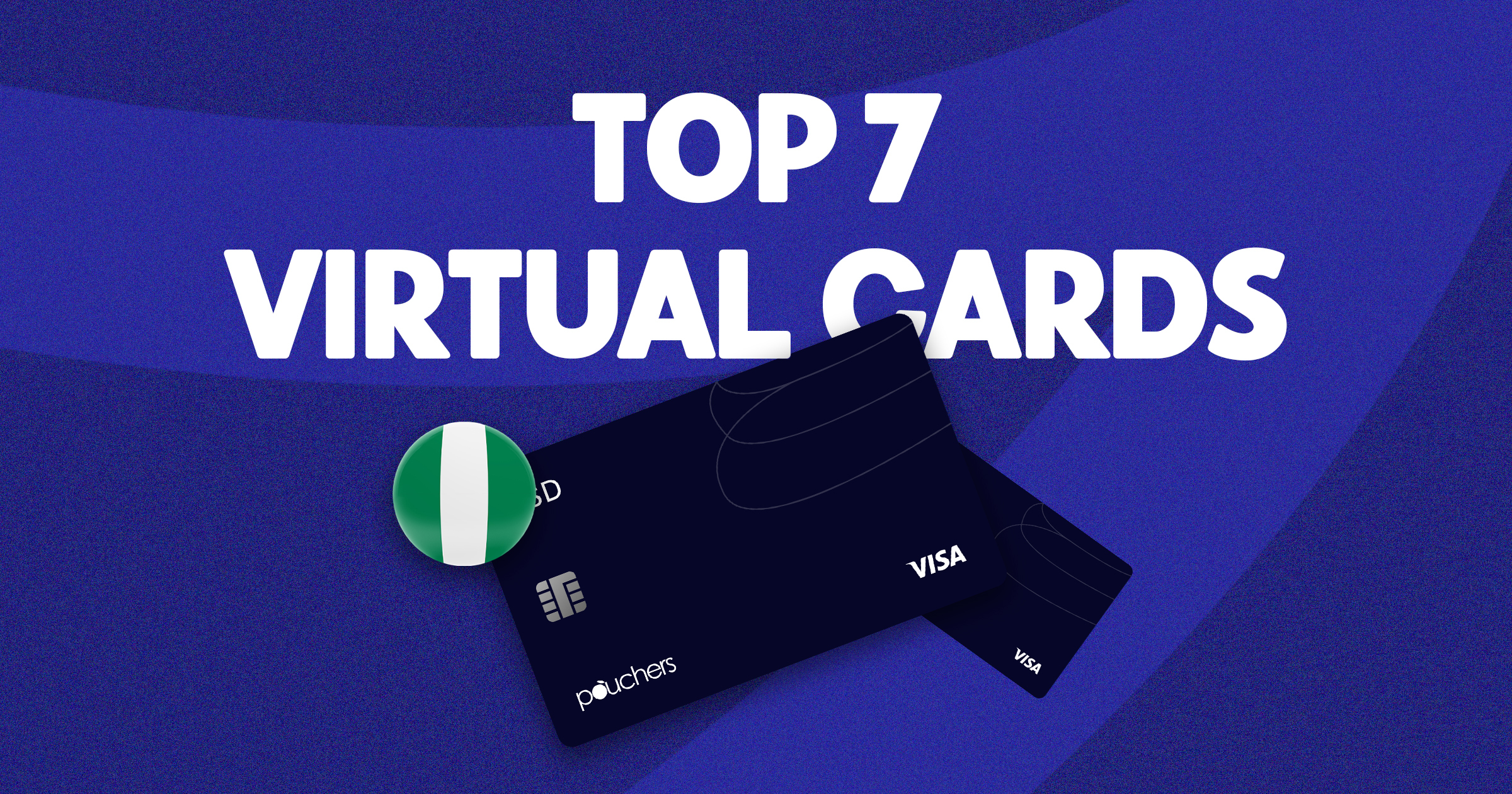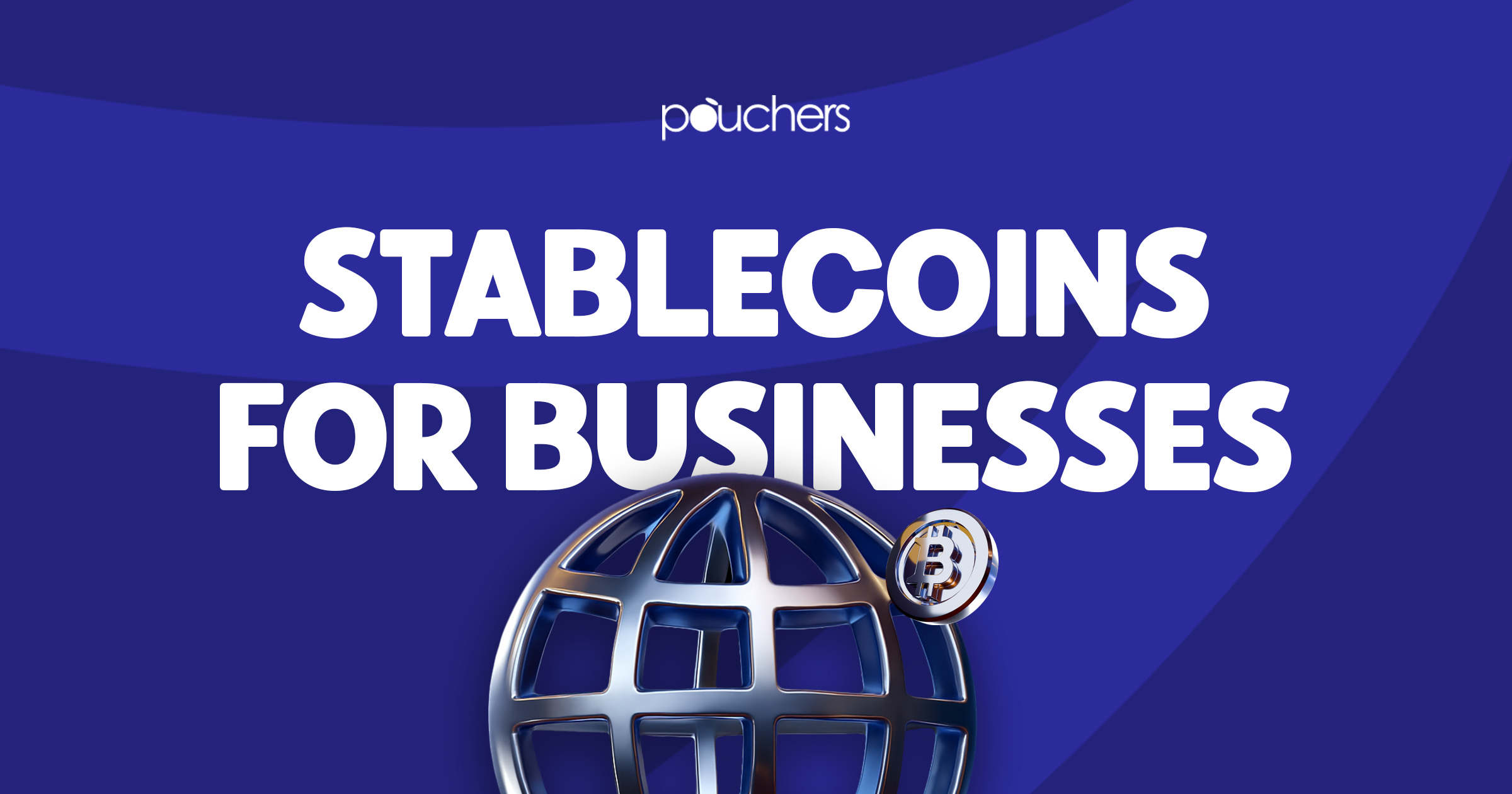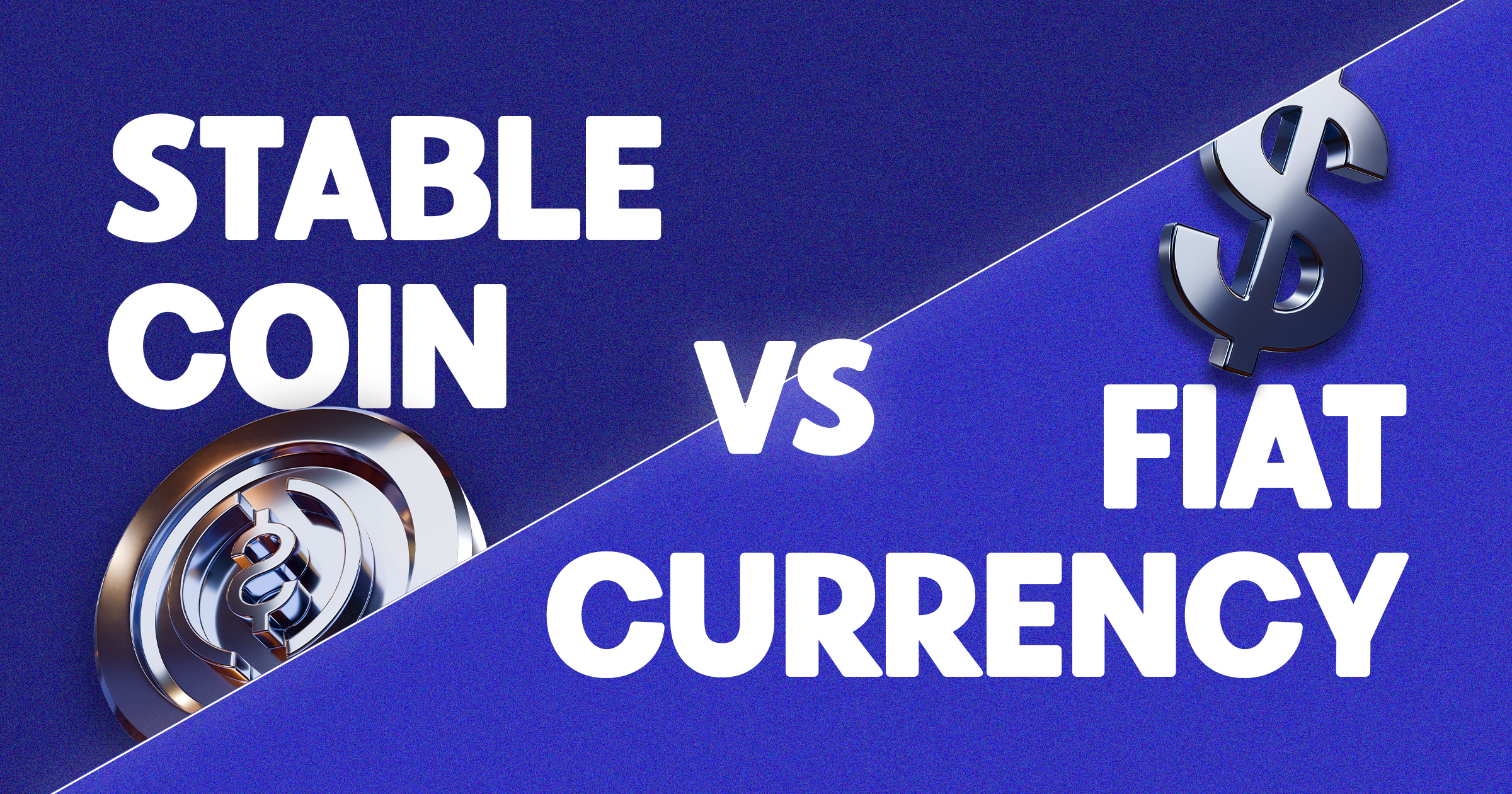Remember how you used to wait for money sent from your family or loved one abroad, checking your phone every hour, only to see messages like “currently pending” or “awaiting verification”?
You have probably seen this on some of the big traditional payment platforms. With USDC, you don’t have to lose sleep waiting for that money to finally land in your bank account.
This is a digital dollar that moves as fast as a text message and never takes a holiday. Even if it’s sent at midnight, you would still receive it in seconds without having to go through the endless fees and delays that banks and remittance services love to add.
The experience feels more like sharing a photo than making a financial transaction, and that changes what we expect from money itself.
In this article, we will explore how USDC makes all of this possible and why it is quickly becoming the go-to choice for anyone who wants money to move at the speed of the internet.
What is USDC?
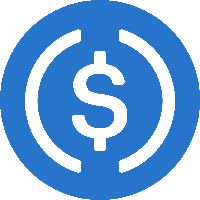
USD Coin (USDC) is a U.S. dollar–pegged stablecoin. It is a cryptocurrency created to maintain a constant value of one U.S. dollar. Each USDC token is backed 1:1 by cash and short-term U.S. government bonds that are held in regulated financial institutions.
Independent accounting firms (as of now, Grant Thornton LLP) publish attestation reports monthly to confirm that the reserves match the number of coins in circulation. This makes it possible for one USDC to be redeemed for one U.S. dollar at any time.
Circle, a fintech company, and the exchange Coinbase launched USDC in 2018 under a consortium called Centre.
The goal was to give people a reliable digital dollar they could move quickly on blockchain networks without worrying about price swings like those seen in Bitcoin or Ether.
Circle and Coinbase wanted a coin that could serve as a stable medium of exchange, make trading on crypto markets easier, and provide a trusted bridge between traditional banking and decentralized finance (DeFi).
How Does USDC Work?
USDC works by starting with a process called Issuance. When someone wants to create a new USDC, they deposit U.S. dollars with Circle or one of its regulated banking partners.
Circle first verifies the sender’s identity and the source of funds to meet Know Your Customer and Anti–Money Laundering requirements.
After these checks, Circle instructs a smart contract on a supported blockchain such as Ethereum, or Polygon to mint an equal amount of USDC tokens.
At the same time, the deposited dollars are placed in reserve accounts that are legally separate from Circle’s own funds.
These reserves consist of cash and very short-term U.S. Treasury securities so they can be accessed quickly and maintain the coin’s one-to-one value with the dollar.
Once minted, USDC exists entirely on public blockchains. Transfers between wallets settle within the block time of the chosen network, allowing global payments at any time without a traditional bank as intermediary.
When a holder wants to turn USDC back into dollars, the process known as Redemption begins in reverse. The holder sends tokens to a Circle redemption address.
Circle’s system activates a burn function in the smart contract, permanently removing those tokens from circulation.
After the burn is confirmed, Circle releases an equal amount of U.S. dollars from the reserve accounts and transfers it to the holder’s bank.
This continuous one-to-one creation and removal of tokens keeps every USDC redeemable for exactly one dollar and fosters trust in the currency.
Features of USDC
Here are the main features of the USD coin below:
1. Price Stability
USDC is designed to hold a steady value of one U.S. dollar. Every token is backed by an equivalent amount of cash and short-term U.S. Treasury securities kept in regulated financial institutions.
This full reserve approach allows users to redeem one USDC for one dollar at any time, which keeps the market price anchored and protects holders from the volatility common in other cryptocurrencies.
2. Transparent Reserves
Circle, the company behind USDC, issues monthly attestation reports through an independent accounting firm. These reports confirm that the total value of dollars and Treasury bills in reserve is at least equal to the number of USDC tokens in circulation.
Regular public verification helps maintain confidence that each token is properly backed and that funds are available if large numbers of holders decide to redeem at once.
3. Multi-Chain Availability
USDC is not limited to a single blockchain. It operates on Ethereum, Solana, Polygon, Avalanche, and several other networks.
This broad availability allows users to move USDC across different exchanges, digital wallets, and decentralized finance platforms with ease, increasing its usefulness across the entire crypto economy.
4. Fast, Low-Cost Transfers
Transactions settle within the normal block time of the chosen network, so funds can move globally within minutes regardless of banking hours.
Transfer costs are typically lower than those of traditional bank wires or international remittance services, making USDC attractive for payments and cross-border business.
5. Regulatory Compliance
Circle follows U.S. financial regulations, including Know Your Customer and Anti-Money Laundering requirements. The USDC smart contracts contain features that allow Circle to freeze or blacklist tokens if required by court orders or sanctions.
This compliance focus provides a layer of legal security for businesses and individuals who need assurance that the currency meets regulatory standards.
6. Programmability
Developers can integrate USDC into smart contracts and automated financial tools. Its compatibility with widely used blockchain standards such as ERC-20 makes it easy to build lending platforms, payment systems, and decentralized applications that use a stable digital dollar.
Benefits of Using USDC
Here are the benefits of using USDC:
1. Stable Value
USDC maintains a one-to-one peg with the U.S. dollar. Each token is fully backed by cash and short-term U.S. Treasury securities, so users can redeem their coins for dollars at any time. This stability protects holders from the sharp price swings that affect many other cryptocurrencies.
2. High Transparency
Circle publishes monthly attestation reports from an independent accounting firm to confirm that reserves match the total supply of USDC. These regular disclosures give users confidence that every token is properly backed and that redemption requests can always be honored.
3. Fast Global Transfers
USDC transactions settle within the block time of the chosen blockchain, which is often just seconds or minutes. This allows people and businesses to move funds across borders quickly without waiting for traditional banking hours or paying the high fees charged by many international transfer services.
4. Broad Accessibility
The token is available on several blockchains, including Ethereum, Solana, Polygon, and Avalanche. This multi-chain presence makes it easy to use across different exchanges, wallets, and decentralized finance applications, giving users flexibility in how and where they move their money.
5. Low Transaction Costs
Sending USDC typically costs less than wiring funds through banks or using traditional remittance channels. The lower fees make it attractive for both personal payments and business transactions, especially for cross-border trade.
6. Integration with DeFi and Apps
USDC follows common blockchain standards, allowing developers to integrate it into smart contracts, lending platforms, and payment systems. This compatibility makes it easy to earn yield, access decentralized financial services, or automate payments while holding a stable digital dollar.
Applications of USDC
Check out the key applications of USDC to see how this stable digital dollar is used in our world today:
1. Trading and Hedging
USDC gives cryptocurrency traders a reliable place to store value when markets are volatile. Instead of converting digital assets back to traditional bank accounts, a trader can move funds into USDC and remain inside the crypto ecosystem.
The coin’s one-to-one peg to the U.S. dollar protects the account balance from sharp price swings, while still allowing the trader to buy other cryptocurrencies quickly when the market changes.
2. Payments and Remittances
People use USDC to send money across borders quickly and at relatively low cost. A freelancer in Nigeria can receive payment from a client in Europe within minutes rather than waiting several days for a wire transfer.
Families supporting relatives overseas can avoid high remittance fees by sending USDC directly to a digital wallet. The recipient can choose to hold the tokens, spend them with merchants that accept stablecoins, or redeem them for local currency through a crypto exchange.
3. Decentralized Finance (DeFi)
USDC is one of the most common assets in decentralized finance applications. Users deposit it as collateral to borrow other cryptocurrencies, supply it to liquidity pools to earn trading fees, or place it in savings protocols that pay interest.
Developers favor USDC for these services because its stable value makes risk easier to manage and simplifies the calculation of yields, collateral ratios, and loan repayments.
4. E-commerce and Merchant Services
Online businesses increasingly accept USDC as a method of payment. Settlement occurs within minutes, so merchants avoid the delays and chargeback risks of credit card networks.
They can keep the funds in USDC to hedge against local currency fluctuations or convert them immediately to dollars. Lower transaction fees and faster access to funds make this appealing for small businesses and global sellers alike.
5. Programmable Money
Developers build automated financial tools with USDC as the underlying currency. Smart contracts can schedule recurring payments, manage escrow accounts for real estate or freelance projects, and run on-chain payroll systems that distribute wages in real time.
The ability to program a stable digital dollar into these services expands the range of blockchain-based applications beyond simple transfers.
Frequently Asked Questions (FAQs)
What Backs USDC and How is its Value Kept Stable?
USDC is fully backed by a mix of U.S. dollars and short-term U.S. Treasury securities held in accounts at regulated financial institutions. Its value is kept stable through attestation reports that confirms the reserves and keeps the price locked at about one dollar.
How Do I Convert USDC Back to Dollars (Redeem or Burn)?
Send your USDC to a Circle redemption address through a supported exchange or wallet. Circle’s system then “burns” the tokens on the blockchain, permanently removing them from circulation. After the burn, Circle releases an equal amount of U.S. dollars from its reserves and transfers the funds to your linked bank account.
How is USDC Different From Other Stablecoins Like USDT or a CBDC?
USDC is different from other stablecoins because it keeps its reserves entirely in cash and short-term U.S. Treasuries while other stablecoins hold a mix of assets as reserves. On the other hand, a central bank digital currency (CBDC) is issued directly by a government and functions as official legal tender, while USDC is a privately issued stablecoin that operates within existing U.S. regulatory frameworks.
Conclusion
USDC brings the reliability of the U.S. dollar to the speed and openness of blockchain networks. Backed by cash and short-term U.S. Treasuries, USDC offers transparency, fast global transfers, and low transaction costs while remaining easy to integrate into decentralized finance platforms and everyday payments.
If you want to avoid crypto volatility, build smart contracts, or seek quicker cross-border transactions, USDC provides a stable and practical way for you to achieve all of these seamlessly in the digital economy.
